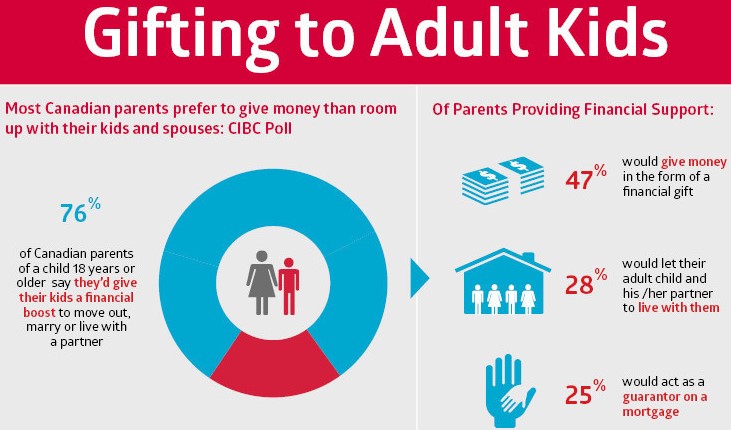Unless your portfolio was positioned in the most conservative of ways through much of 2017 (or had a significant tilt in that direction), a well-diversified, global portfolio produced healthy returns that were in very high single digits to the upper teens.
If the Canadian dollar had stayed constant (mainly vis a vis the US dollar), portfolio returns would have been higher. However, during 2017 the Canadian dollar increased by 7%. With a primarily globally invested portfolio, this kind of move for Canadian investors, has a reducing effect on portfolio returns. However, as I said at the outset (despite the Canadian currency’s strength), very high single digits to high teens, is I’m sure you’ll agree, quite good.
Since most people have a substantial amount of their net worth tied up in Canadian dollar denominated assets (ie their home, other property, a business), having the rest of one’s portfolio in global assets is a very important diversification tool. This is most appreciated when a portfolio is used to produce retirement income. When the Canadian dollar falls, goods you buy in Canada (ie groceries) become more expensive. This cost increase is offset by the increase of your portfolio which is helped by your non-Canadian investments. When the opposite happens, like it did in 2017 (the Canadian dollar rising), your cost of goods (again, groceries), tends to fall and thus your portfolio doesn’t need to produce as high of a return. I digress.
The market indexes, specifically the DOW and S&P 500, have been touching historic highs. This has stirred much conversation (and concern). “Can this (“the market”) go much higher?”
My question to you would be, “Do you own the market?”. Why that question? Because although you may own investments that trade on public equity markets, you may not own the investments that make up the market index in which “the market” is measured.
What has made “the market” reach all-time highs are a very small number of companies whose share prices make up the largest percentage gain of “the market”. These include Boeing, Caterpillar, Visa, Apple, Walmart, McDonalds, Home Depot, UnitedHealth Group, Microsoft and American Express who were up between 34.1 to 89.4% in 2017 (source: MarketWatch.com). If you don’t own many (or any) of these, you don’t own “the market” and thus, the market’s high isn’t at all relevant to you.
To put this in to perspective, all you have to do is look back at 1999 when the market indexes were also reaching all-time highs. Subsequently, they fell off a cliff. If you didn’t own the biggest part of “the market”, which at the time was mostly tech, your portfolio, rather than falling dramatically, simply didn’t do much. I know, because that is what virtually all of my clients and I experienced at that time, portfolios that didn’t do much because we didn’t own “the market” (which was fantastic in light of what “the market” did).
To determine the actual risk level of your portfolio is to know if each of your holdings are of fair value (or lower) based on what the actual business is doing now or, even better, based on what the business would be worth in a less than ideal economic environment. That number, the intrinsic value of each of your holdings, is something that needs to be calculated continually. If one of the investments you hold is selling far above what it is truly worth, that investment needs to be sold. If something can be found with a much cheaper value proposition then that is where your investment dollars should be reallocated. This is a process that our client portfolios go through continually. “It may go higher”or “everyone owns it” are not relevant criteria or reasons to continue to hold a particular investment. Risk gets taken out by selling that which is overpriced. If you do own “the market”, you MAY own overpriced investments. I’m not making a value judgement on any specific investments mentioned here though. What I am saying is that owning a portfolio of companies that 1) isn’t representative of the market and 2) is priced below the market, puts your portfolio on solid ground no matter what happens to “the market”.
Of course, a more broad question would have to be asked about economic growth prospects (which is what is what really determines upward movement of share prices as a whole) and thus, the continued postive returns for investments in general. These reasons for optimism in that regard include:
The global economy is at a level of synchronization that hasn’t experienced in many years.
The current strength of global manufacturing is at the highest level since February 2011. Taken on its own this is a strong indicator towards continued earnings growth for 2018.
Interest rates have only just started to increase around the world. The US is the farthest ahead in this respect. Economic slowdowns most always happen after a long trend of increasing interest rates. Unless the global economy is weaker than we think, interest rates will continue to go up. If it’s slow, then this investment market uptrend will last longer.
Inflation remains very low and has shifted away from deflation concerns.
Energy prices have trended up steadily from a low in the summer of 2017 in optimism of a global economic recovery although remain at relatively low levels.
Chance of a global recession is very low.
We have been experiencing low volatility (they have been behaving). Market corrections don’t normally happen in this kind of environment.
Despite geo-political tensions emanating out of North Korea, Brexit transition, US vs the world in trade re-negotiations, rarely do events like these translate into a sustained market downturn.
2017 was a good year for investment portfolio returns. Recognizing though that, despite many things looking good for the global economy, when we enjoy above average returns in any given year (or for a string of more than 1), you can expect returns going forward (that includes 2018) to move closer to the mean.
PS. I have a dinner meeting on Thursday January 18th 2018 with 1 of the 3 strategists who lead a group of 60 plus investment specialists responsible for making investment decisions on over $65 billion of assets. Always good insight to be had when talking candidly over a meal and wine.
The information in this letter is derived from various source and is provided for general information, subject to change without notice. Although every effort has been made to compile this material from reliable sources; no warranty can be made as to its accuracy or completeness, and we assume no responsibility for any reliance upon it. Before acting on any of the above, please contact me for individual financial advice based on your personal circumstances.





